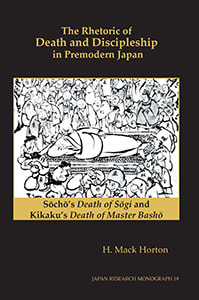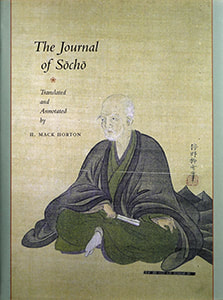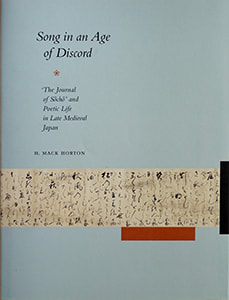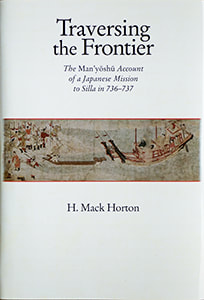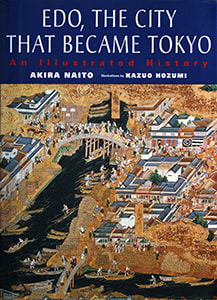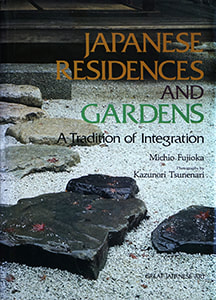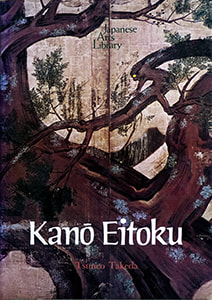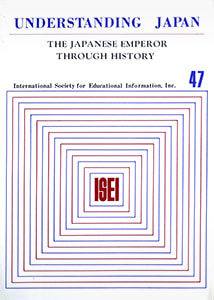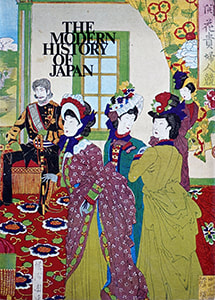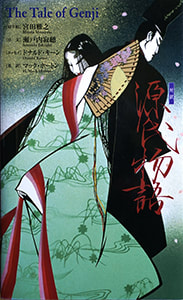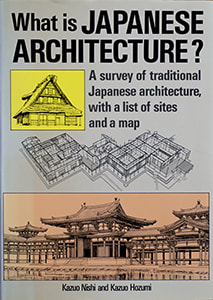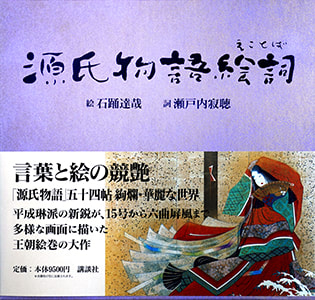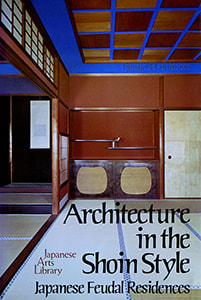1 Pager settings
- Home
- Background
- Education
- Awards & Grants
- Publications
- Teaching
- Contact
- Section name
- Section name
- Section name
- Section name
- Section name
- Section name
- Section name
- Section name
- Section name
- Section name
- Section name
- Section name
- Section name
- Section name
- Section name
- Section name
- Section name
- Section name
- Section name
- Section name
- Section name
- Section name
- Section name
